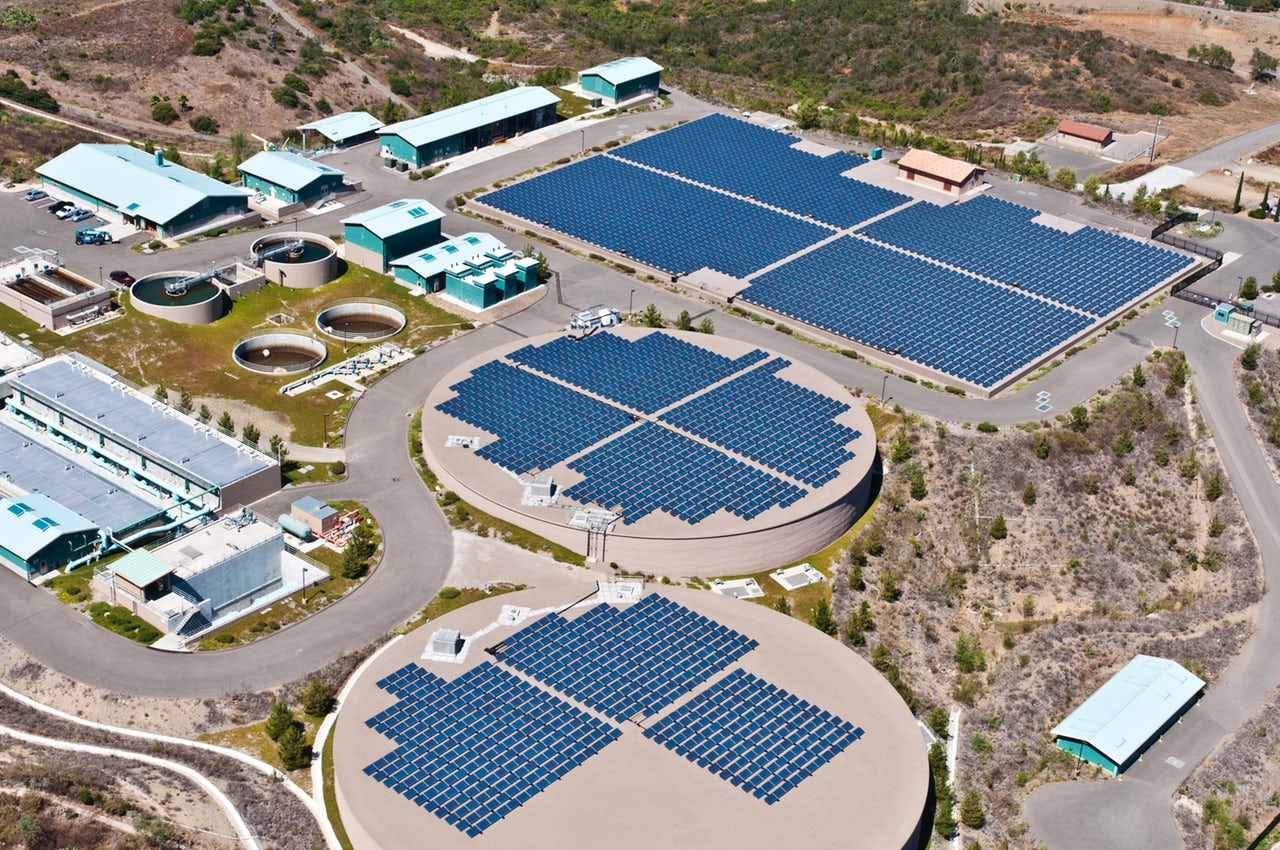Case Study
The right renewable energy solution for San Diego

Challenge:
The San Diego Water Authority had issued a request for proposals on the design and construction of a new renewable energy generation and storage facility at its Twin Oaks Valley Water Treatment Plant (WTP). Receiving numerous bids that required thorough review, and recognizing the high complexity of the task, the San Diego Water Authority chose an expert panel provided by Solved to lead the evaluation process. The aim was to identifying technologies that minimize installation and operating costs, while maximizing avoided cost and renewable opportunities for the Water Authority.
Our Approach & Key Outcomes:
Based on the needs described by the client, Solved rapidly mobilized a top expert panel to holistically evaluate selected project proposals. The panel consisted of both local and international experts with different specializations in renewable energy, which ensured a multidisciplinary perspective that included knowledge of renewable energy technology, finance and business. During two weeks, experts evaluated proposals, examining all segments, including planning, design, construction, permitting, operations and maintenance services, as well as related business structures and contractual agreement models.
Solved’s Expert Panel delivered high standard evaluation of project proposals and made valuable recommendations that helped San Diego Water Authority choose the best possible solution provider for the project.
Based on the analysis and evaluation of the Solved experts, we were able to deepen our understating about the complexity of the proposed technologies and related business models, and in particular, their long-term implications. In addition to the highly skilled expert team, we were impressed with the Solved platform as it helped us communicate real time with all team members throughout the project.

